Introduction
The Quality of Life Questionnaire of the European Foundation for Osteoporosis (QUALEFFO-31) anchors osteoporosis research. In 2006, N.M. van Schoor and colleagues crafted this tool, publishing it in Osteoporosis International, where it has since amassed over 500 citations on Google Scholar.
Specifically, it targets adults aged 50–85, particularly postmenopausal women with vertebral fractures, and actively evaluates health-related quality of life (HRQoL) impacts like pain and mobility. Consequently, clinicians and researchers depend on it to track treatment outcomes effectively. Thus, this article explores QUALEFFO-31’s features, applications, and limitations, offering a concise resource for osteoporosis experts.
Key Features of the Quality of Life Questionnaire of the European Foundation for Osteoporosis (QUALEFFO-31)
Purpose and Use
QUALEFFO-31 actively assesses health-related quality of life (HRQoL) in osteoporosis patients with vertebral fractures, focusing on pain, physical function, and psychological impacts. Clinicians and researchers widely employ it to monitor treatment efficacy and fracture recovery in both clinical and research settings.
Target Population
QUALEFFO-31 targets adults aged 50–85, especially postmenopausal women and patients with vertebral fractures. While it performs exceptionally for older adults and seniors, it doesn’t suit pediatric or younger groups, thereby ensuring specificity for osteoporosis-related challenges.
Structure
QUALEFFO-31 comprises 31 items across three domains:
Pain (5 items): Actively measures back pain intensity and frequency.
Physical Function (17 items): Evaluates mobility, daily activities, and self-care limitations.
Mental Function (9 items): Assesses emotional and psychological impacts, such as anxiety or depression.
Moreover, each item uses a 3–5-point Likert scale, capturing impacts over the past month.
Scoring Method
QUALEFFO-31 employs a 1–5 Likert scale (1 = best, 5 = worst). Here’s how scoring functions:
Item-Level: Each item scores 1–5.
Domain Scores: Experts sum and transform these linearly to a 0–100 scale, where higher scores reflect worse HRQoL.
Total Score: Researchers average domain scores.
Special Note: An increase exceeding 10 points in the total score signals a clinically significant worsening of HRQoL.
Administration Format
Taking 10–15 minutes, QUALEFFO-31 enables self-administration without needing specialized training. For example, it supports:
Paper-based forms
Digital (online) platforms
In-person interviews
As a result, its flexibility fits seamlessly into busy clinics or research environments.
Applications of the Quality of Life Questionnaire of the European Foundation for Osteoporosis (QUALEFFO-31)
QUALEFFO-31 shines in several contexts:
Screening: It identifies patients with significant HRQoL impairments from vertebral fractures.
Monitoring: Clinicians track changes in pain, function, and mental health over time.
Treatment Planning: It guides clinicians to tailor therapies based on patient-reported outcomes.
Research: With 500+ citations, its sensitivity to fracture severity establishes it as a staple in clinical trials.
Thus, it proves ideal for evaluating new treatments, complementing tools like ECOS-16.
Languages and Availability
QUALEFFO-31 supports multiple languages, including:
English
Mandarin Chinese
Spanish
French
German
Turkish
As well as Serbian, Polish, Italian
Furthermore, this global reach enhances its use across diverse populations. Best of all, it’s open access and free for non-commercial use.
Reliability and Validity
QUALEFFO-31 exhibits high reliability and validity, achieving a Cronbach’s alpha of 0.74–0.92 across domains, which demonstrates strong internal consistency. Additionally, its test-retest reliability (ICC 0.77–0.91) ensures stability over time. Moreover, it correlates strongly with the SF-36 (r = -0.78) and EQ-5D, confirming robust construct validity. For instance, validation studies include:
Limitations and Considerations
Despite its strengths, QUALEFFO-31 faces some limitations:
Self-report: Respondents might encounter social desirability bias or personal interpretation issues.
Cultural Bias: Certain items may not resonate fully across all cultures.
Length: The 31 items can seem lengthy for some patients.
Lack of Sensitivity to Change: It may overlook subtle changes in non-vertebral osteoporosis cases.
Narrow Focus: It restricts its scope to vertebral fracture impacts, missing broader osteoporosis effects.
Nevertheless, its rigorous validation solidifies its role in osteoporosis research.
Other Versions and Related Questionnaires
Versions:
QUALEFFO-41 (original, longer version)
IOF Wrist Fracture Questionnaire (complementary tool)
Related Questionnaires:
QUALEFFO-41: The extended predecessor, covering more items.
ECOS-16: A shorter osteoporosis-specific HRQoL tool.
OPAQ: Another osteoporosis-focused quality-of-life measure.
Consequently, these tools complement QUALEFFO-31, providing broader or more specific insights as needed.
Additional Resources
For more on the QUALEFFO-31, explore:
Original Validation Study Initial development and validation (Osteoporosis International, 2006).
Turkish Validation Psychometric testing of the Turkish version (Archives of Osteoporosis, 2021).
Cultural adaptation and validation (2010, Maturitas).
IOF Guidelines Official clinical guidance from the International Osteoporosis Foundation.
WHO FRAX Tool Global fracture risk calculator based on clinical data and BMD.
For permissions, licensing, or inquiries about QUALEFFO-31, contact the International Osteoporosis Foundation:
Frequently Asked Questions (FAQ)
Who can use QUALEFFO-31?
Clinicians, researchers, and healthcare providers utilize it for patients aged 50–85 with osteoporosis and vertebral fractures.How long does QUALEFFO-31 take to complete?
It requires 10–15 minutes, making it practical for clinical and research settings.How do professionals administer QUALEFFO-31?
They employ paper-based, digital, or in-person interview formats, ensuring flexibility.Is there any cost for QUALEFFO-31?
It’s free for non-commercial use, accessible via open access.
A Word from ResRef about the Quality of Life Questionnaire of the European Foundation for Osteoporosis (QUALEFFO-31)
QUALEFFO-31 remains the most rigorously validated tool for capturing how vertebral fractures diminish patients’ lives—making it indispensable for clinical trials and osteoporosis management. It is the gold standard for vertebral fracture HRQoL, sensitive to fracture number and severity.
References
- van Schoor, N.M., Knol, D.L., Glas, C.A.W. et al.Development of the Qualeffo–31, an osteoporosis-specific quality-of-life questionnaire. Osteoporos Int 17, 543–551 (2006). link
- Ince, B., Kucukakkas, O. The reliability and validity of the Turkish version of the Quality of Life Questionnaire of the European Foundation for Osteoporosis-31 (QUALEFFO-31). Arch Osteoporos16, 128 (2021). link
- Lai BM, Tsang SW, Lam CL, Kung AW. Validation of the Quality of Life Questionnaire of the European Foundation for Osteoporosis (QUALEFFO-31) in Chinese. Clin Rheumatol. 2010 Sep;29(9):965-72. doi: 10.1007/s10067-010-1495-2. Epub 2010 Jun 26. PMID: 20577891; PMCID: PMC2908749. link


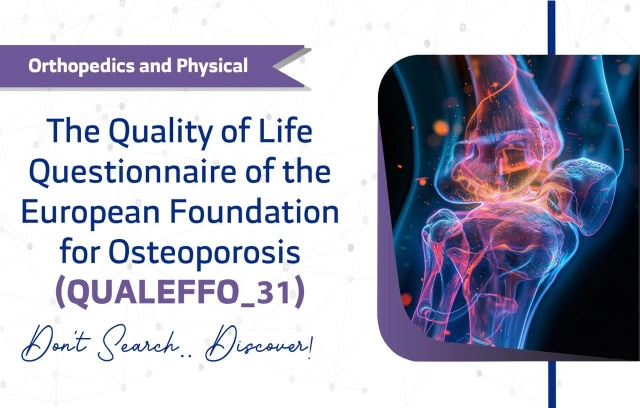
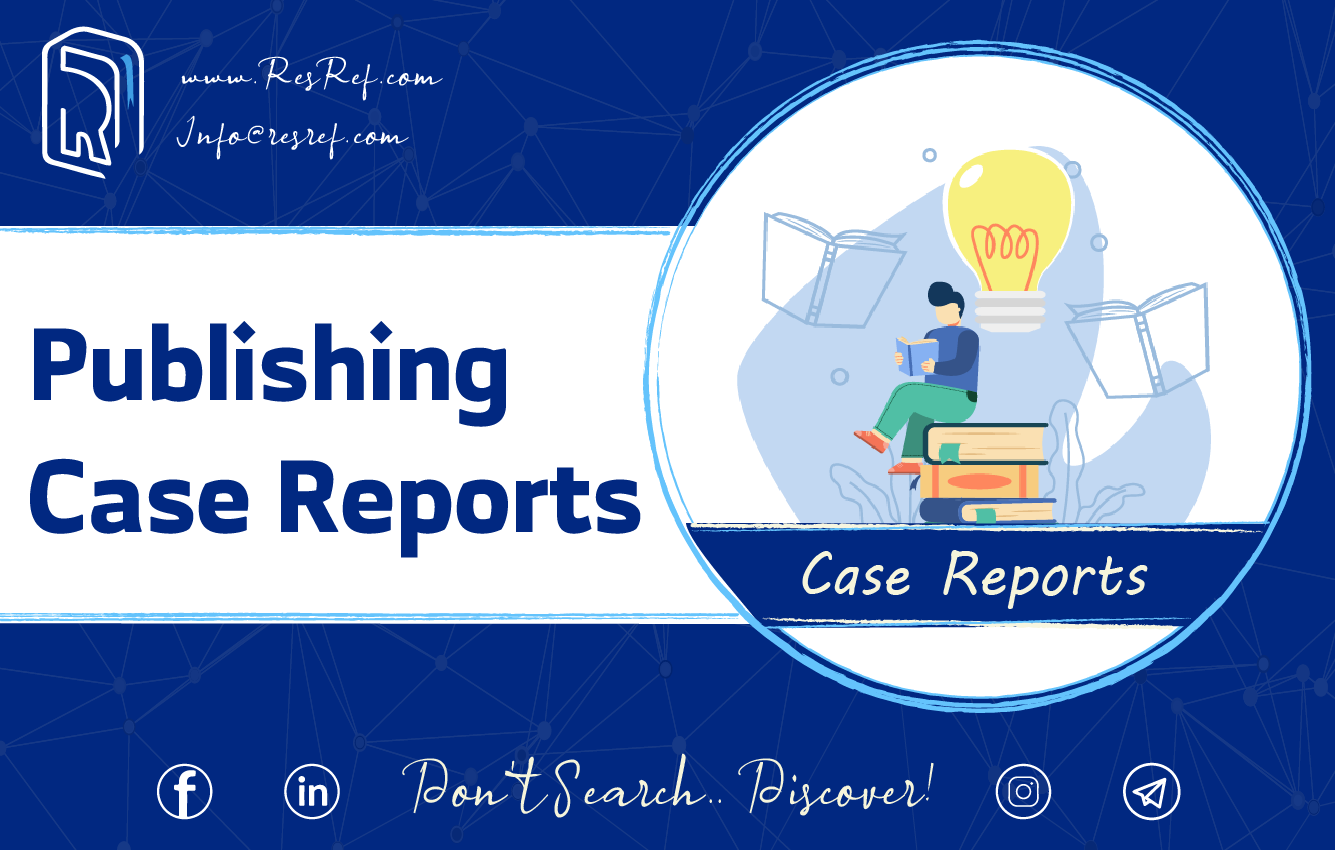
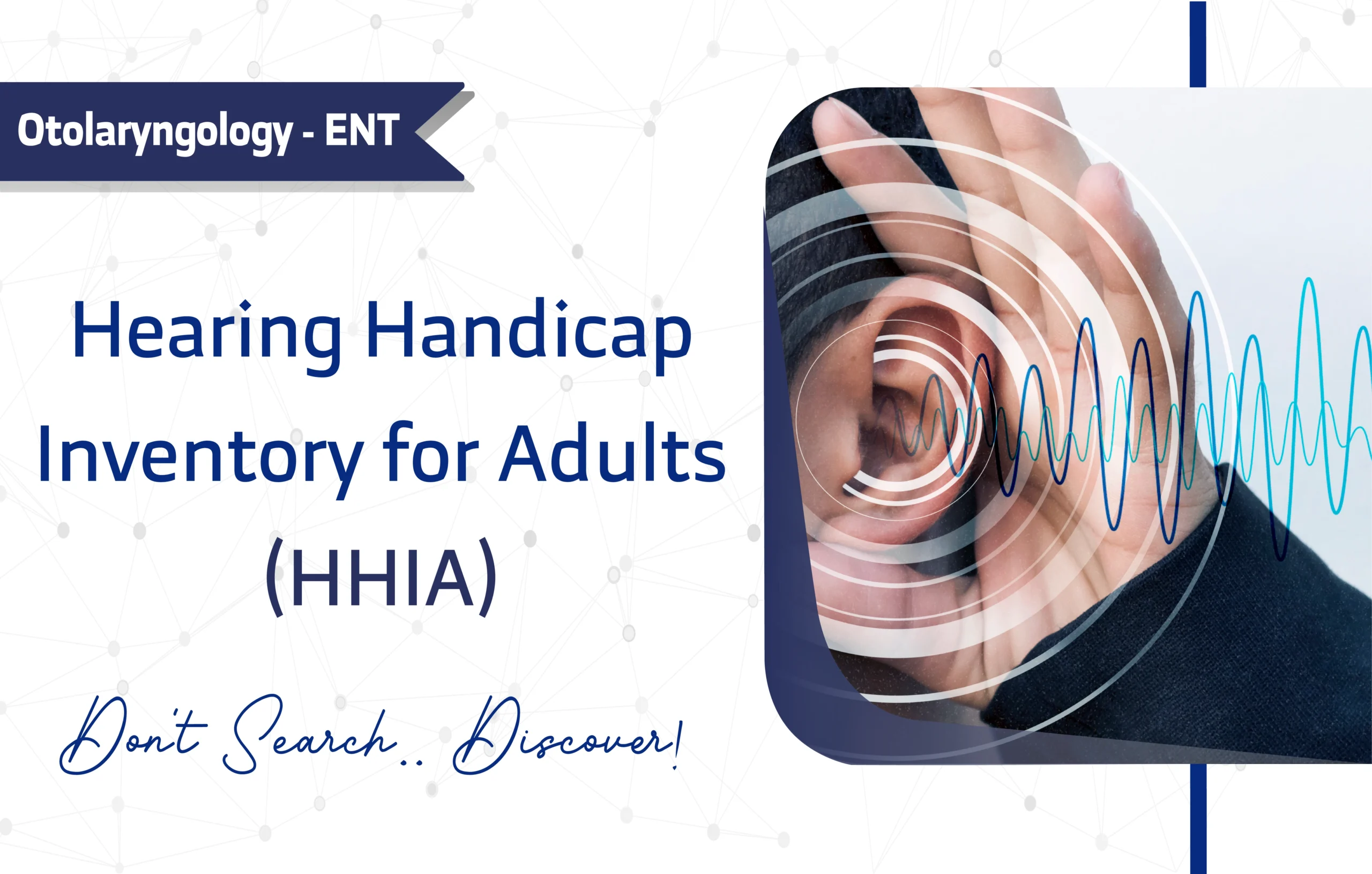
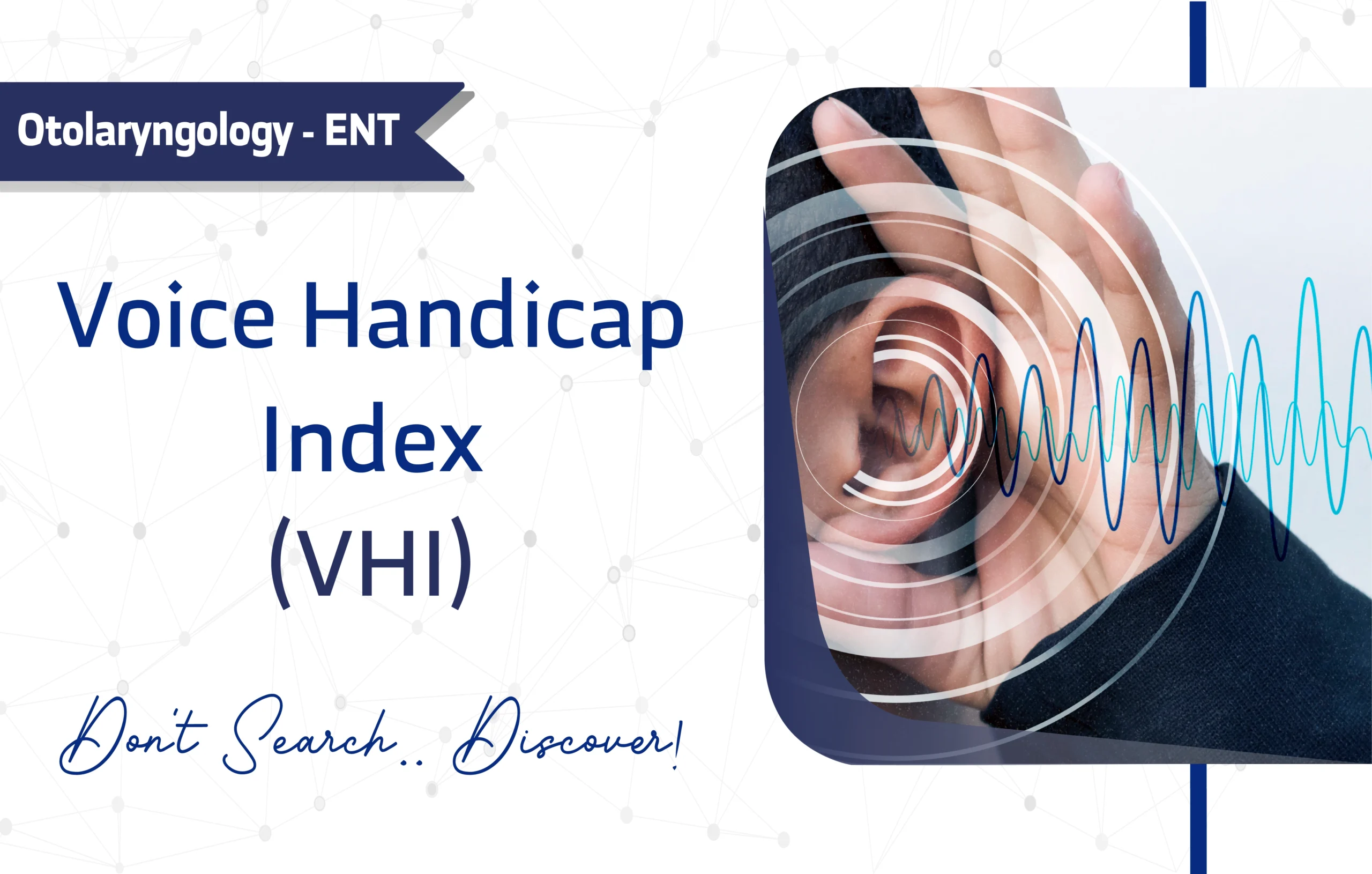
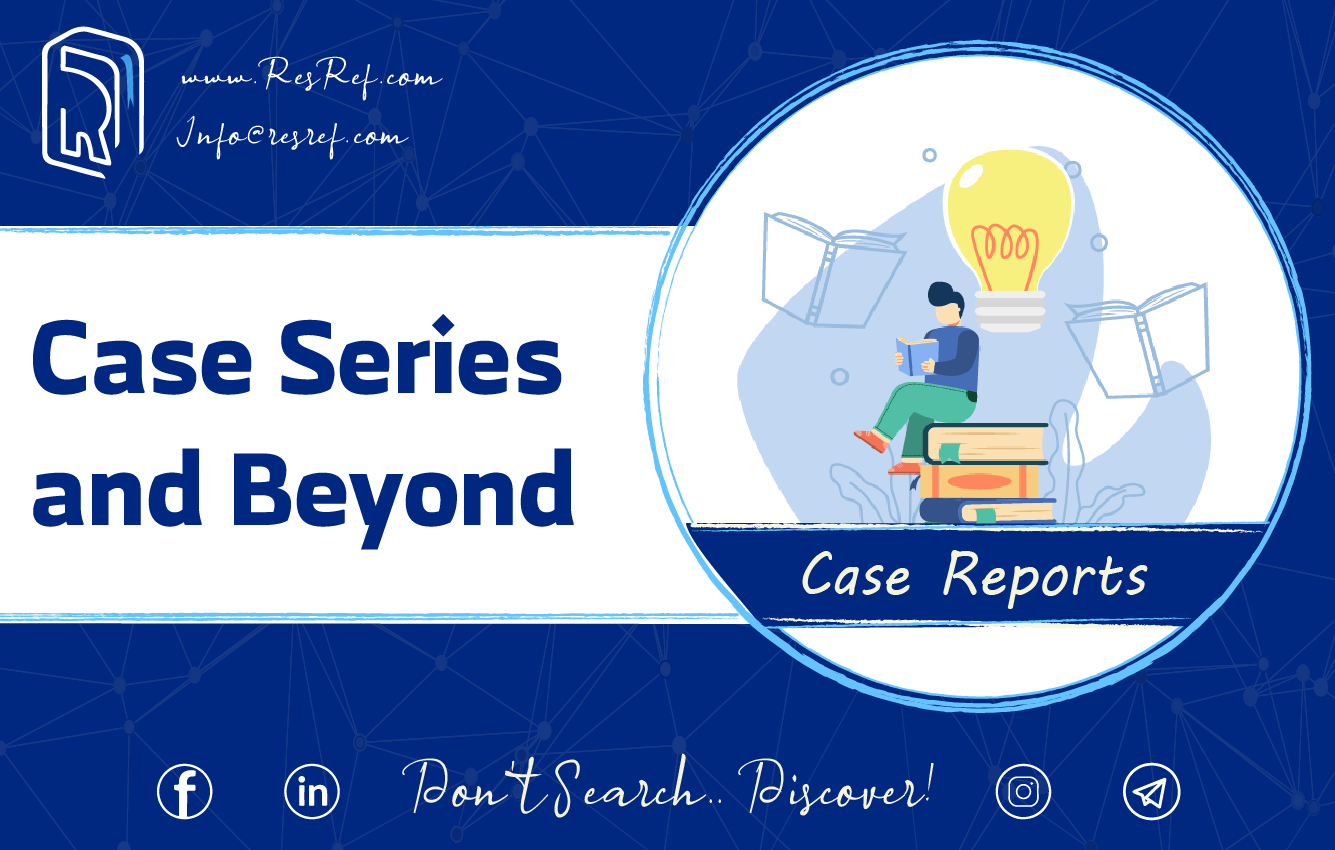
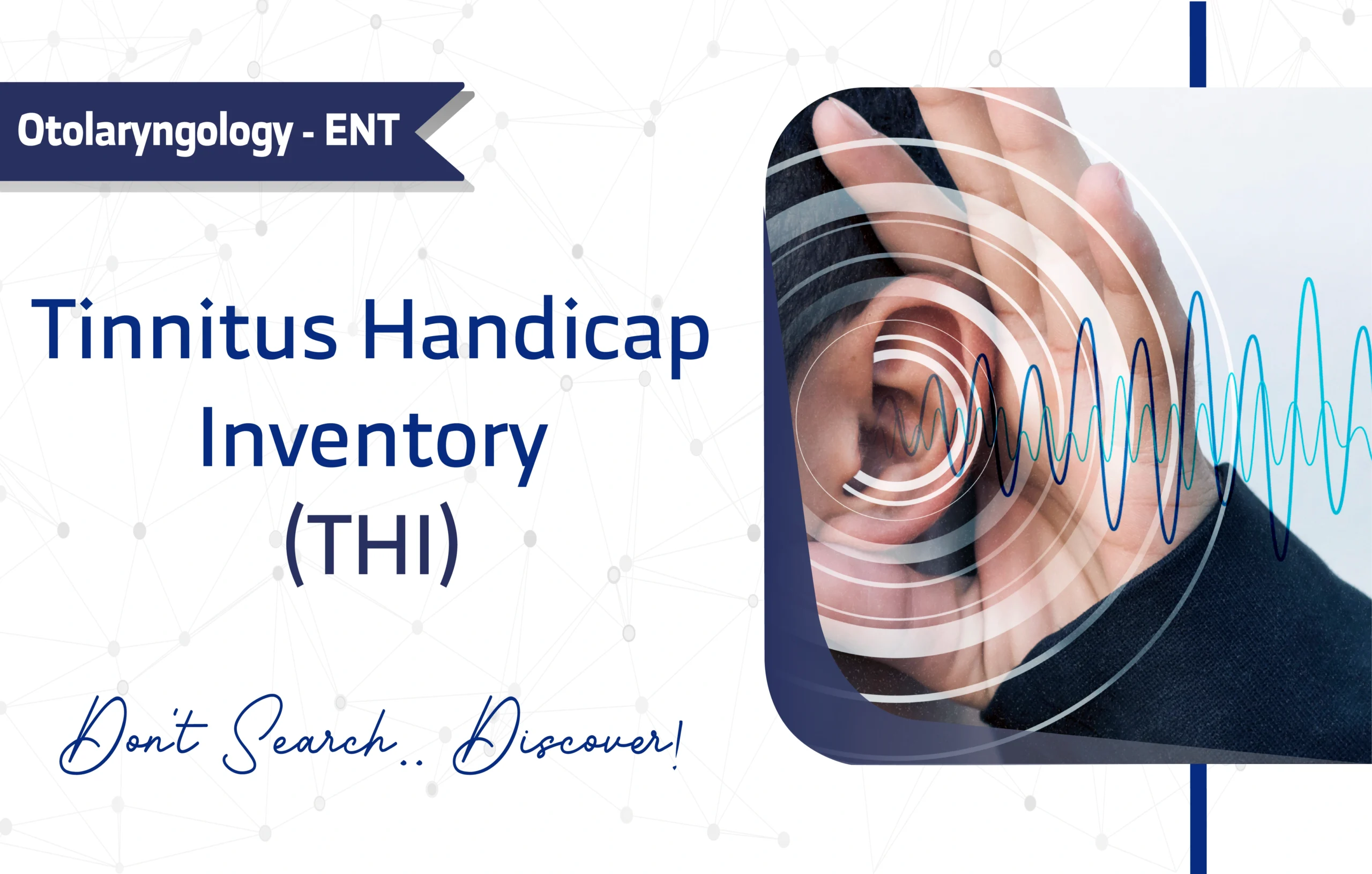
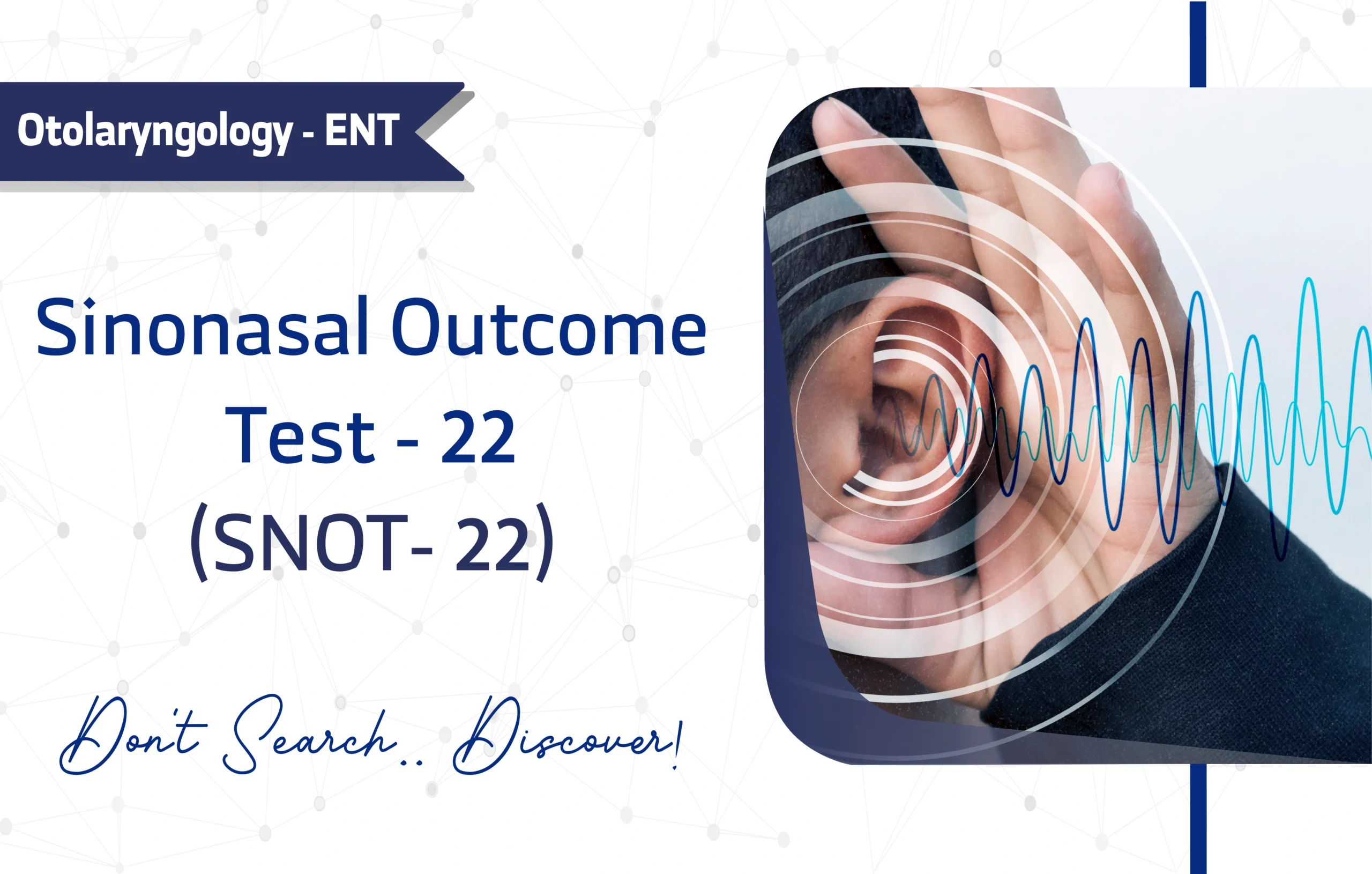
1 thought on “The Quality of Life Questionnaire of the European Foundation for Osteoporosis (QUALEFFO-31): A Full Guide for Researchers and Clinicians”
Your work demonstrates a real passion for education and research. Posts like this make me excited to keep learning and applying new skills.